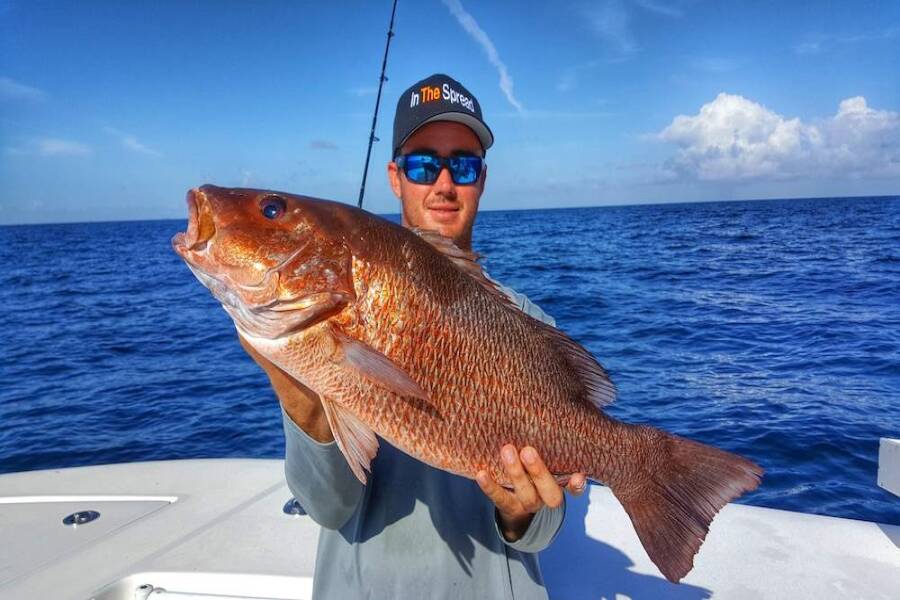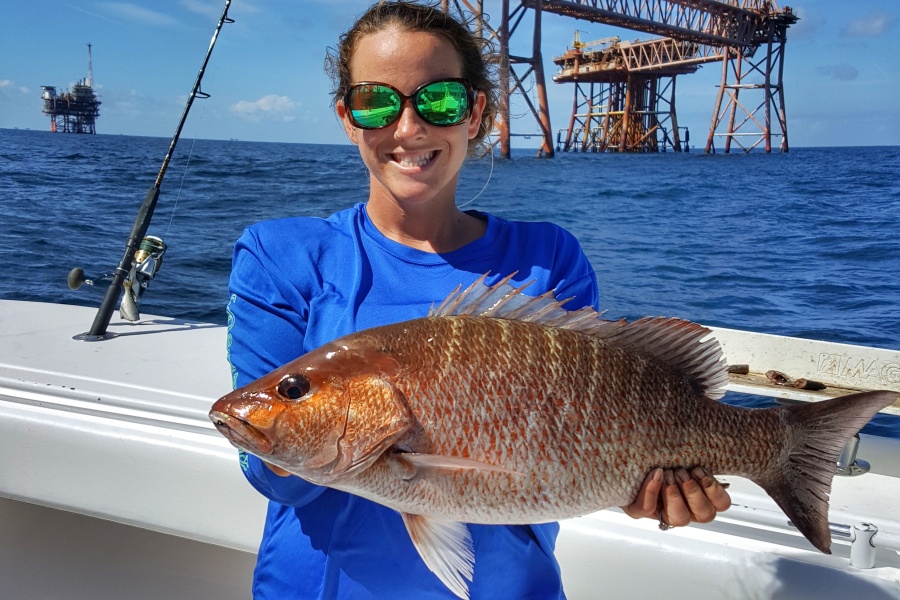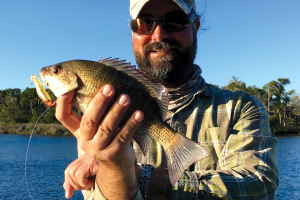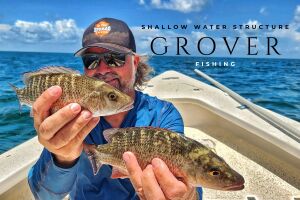Chumming is a effective fishing technique for mangrove snapper, attracting fish to specific areas by releasing bait into the water. Different styles include chunking, grinding, and bagging. Mangrove snapper, part of the Lutjanidae family, feed on small fish, shrimp, and crabs near mangrove shorelines. They are migratory predators and aggressive predators.

The Basics of Chumming for Mangrove Snapper
Chumming for Mangrove Snapper
Chumming works amazingly well for mangrove snapper fishing. This fishing technique is used to attract fish to a certain area by releasing bait, usually small fish parts, into the water. It is usually done from a boat or shoreline. There are several different styles of chumming, including chunking, grinding, and bagging. Chunking is when larger pieces of fish are thrown into the water, while grinding is when smaller pieces are created by using a grinder or chum block. Bagging is when chunks or ground bait is placed into a mesh bag and thrown into the water.

Overview of Mangrove Snapper
Mangrove snapper, also known as gray snapper and grovers, are part of the Lutjanidae family. They are found in tropical and subtropical waters in the western Atlantic Ocean, from Massachusetts to Brazil, as well as throughout the Caribbean and the Gulf of Mexico. They can grow up to 24 inches in length, and are typically brownish-gray in color with yellow stripes. They feed on small fish, shrimp, and crabs, and are commonly found near mangrove shorelines and estuaries.
As a migratory species, they tend to move offshore as they mature. This is because they are looking for more food, as well as better temperature and salinity levels. They also have an affinity for structure, such as reefs, wrecks and oil platforms which provide them with a place to hide from predators and a source of food. As they move further offshore, they will often congregate in large schools around these structures.
Grovers are opportunistic predators and are quick to feed on any prey that they encounter. They are an aggressive species, and will often chase down their prey. They will also ambush their prey, using their camouflage to blend in with the surrounding environment.
Habitat of Mangrove Snapper
Mangrove snapper are typically found in shallow, coastal waters, near mangrove shorelines, and estuaries. Their name “mangrove snapper” comes from the fact that they are so often found amongst mangrove outgrowths. They are bottom-dwellers, and prefer areas with a sandy or muddy substrate. They spawn offshore, and the larvae drift with the currents until they reach the estuarine environment, where they settle and begin to grow. As they mature, they will move offshore in search of food and better temperature and salinity levels.
Mangrove Snapper Diet
Mangrove snapper feed primarily on small fish, shrimp, and crabs. As they mature and move further offshore, their diet shifts to include larger fish, squid, and cuttlefish. They also feed on suspended plankton and aquatic plants.
Inshore and Offshore Mangrove Snapper Fishing
Benefits of Chumming
Chumming is a productive fishing technique when targeting mangrove snapper because it attracts them to a specific area and increases the chances of catching one. The smell and sight of the bait will draw them in and make them more likely to bite. Chumming also allows anglers to target specific areas, and can be used to target larger snapper that are further offshore.
On offshore structure, especially larger structure, snapper can be spread out, so chumming serves to attract and concentrate schools of fish, making your fishing efforts more efficient. Once chum has been presented, mangrove snapper will quickly move in and start feasting. This is a fish that will typically be the first to show up to a food party and then first to leave, so make you fishing efforts count.
What Do You Need for Chumming
You really don't need very much equipment for chumming. Keep it simple and you will be happy. Commonly used fish for chumming include menhaden, sardines, mackerel, bonita, and herring. It can be useful to incorporate fish oil along with the chum, as the oil can be used to attract fish from a greater distance.
Fish oil is not typically used when chumming for mangrove snapper, as it does not attract the fish to the area. Instead, the most effective chum to use when targeting mangrove snapper is a combination of small fish and other baits, such as shrimp, squid, and crabs. These fish and baitfish should be cut into small pieces so that the scent can disperse more easily and attract the snapper to the area.
In some areas of the Gulf of Mexico, a combination of macaroni cooked in crab boil and the small fish is used. This is a lethal mix that mangrove snapper cannot resist. Using chum blocks is another very common method. This can get messy, as you move the block in and out of your boat. The macaroni mix, dispensed from a large container on your boat is simple and much cleaner.
If you want to learn more about chumming mangrove snapper, we have a fantastic video we made in Louisiana that gets into the finer points of how to make the chum and specific techniques. We were moving from one oil platform to the next crushing fish. You will pick up all the intel you need on fishing for mangrove snapper using chum from this video. You can find it here https://inthespread.com/chumming-for-mangrove-snapper















